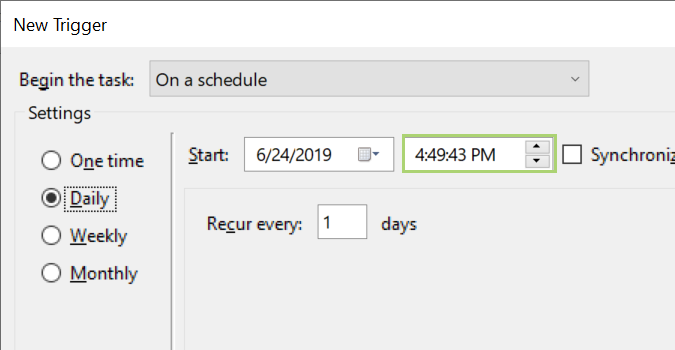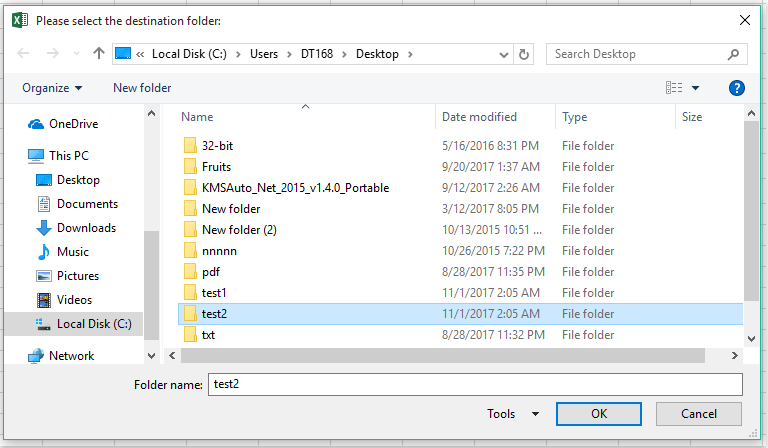
- #COPY ONLY NEW FILES FROM ONE FOLDER TO ANOTHER HOW TO#
- #COPY ONLY NEW FILES FROM ONE FOLDER TO ANOTHER UPDATE#
- #COPY ONLY NEW FILES FROM ONE FOLDER TO ANOTHER FULL#
- #COPY ONLY NEW FILES FROM ONE FOLDER TO ANOTHER WINDOWS#
Enable the filter by the Group Policy Files source. Now you can track all events and errors related to copying files through GPO on clients in the Event Viewer -> Application log. Enable the Configure Files preferences logging and tracing option and select the Informational, Warning, and Errors mode in the policy settings. In order to get detailed logs of GPO file copy operations, you can enable the log under Computer Configuration -> Policies -> Administrative Templates -> System -> Group Policy -> Logging and tracing. If the files are not copied to users’ computers, you can use the gpresult.exe tool to figure out why the Group Policy is not being applied. You can then copy the source files to this directory as described above. This option allows you to create a directory on a target computer.
#COPY ONLY NEW FILES FROM ONE FOLDER TO ANOTHER WINDOWS#
If you need to copy a directory to a user’s computer, you need to use the Group Policy item from Computer (User) Configuration –> Preferences -> Windows Settings -> Folders section. You can copy a file to Program Files and place a shortcut to it on the desktop via GPO.

In this way, you can copy scripts, application executable files, or system tools (PsTools, iperf, Portqry, etc.) to user computers.
#COPY ONLY NEW FILES FROM ONE FOLDER TO ANOTHER UPDATE#

In my case, I would like to restrict the policy to CorpAPPUsers group members only.
#COPY ONLY NEW FILES FROM ONE FOLDER TO ANOTHER HOW TO#
In the next window, you can select more options for how to apply the GPO.To copy files to the desktops of the specific users, open the Common tab in the policy settings, enable the Item-Level Targeting option, and click Targeting.

The drive on which the operating system is installed The name of the domain controller on which the user is authenticated to Here is a list of environment variables that can be used as destination folders when copying files using GPO:
#COPY ONLY NEW FILES FROM ONE FOLDER TO ANOTHER FULL#
You can view the full list of the environment variables available in GPP by pressing F3. To copy files to the current user’s Desktop, use %DesktopDir%

You can select the specific file name here or copy all files from the source directory at once by specifying a wildcard character *. Expand the following Group Policy Preferences section: User Configuration –> Preferences -> Windows Settings -> Files.Create a new GPO object ( Cop圜orpApp) and link it to the OU that contains users’ computers.Open the Group Policy Management console ( gpmc.msc).You can create a group using this PowerShell cmdlet: New-ADGroup CorpAPPUsers -path 'OU=Groups,OU=DE,dc=woshub,DC=com' -GroupScope Global -PassThru –Verbose Add users to the group to whose desktop you want to automatically copy files through the GPO: Add-AdGroupMember -Identity CorpAPPUsers -Members asmith, bmuller, tweber Create a new Active Directory security group ( CorpAPPUsers) using the Active Directory Users and Computers snap-in ( dsa.msc).Make sure that the Authenticated Users group has read permissions on this folder. I have placed the files in the Sysvol folder \\\SYSVOL\\scripts\CorpApp. It may be a shared SMB folder on a file server or the SYSVOL directory on a domain controller (this folder is automatically replicated between all DCs in the domain using DFS, it is convenient to use it since it helps to reduce the load on the WAN links). How to Copy Folders and Files with GPO Startup Script?Ĭopying Files Using Group Policy Preferencesįor example, I want to copy two files ( app.exe and settings.xml) to the Desktops of some Active Directory domain users.Ĭreate a shared folder to store the source files you want to copy to users’ computers.Copying Files Using Group Policy Preferences.


 0 kommentar(er)
0 kommentar(er)
